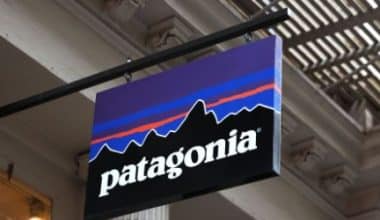According to data released by the government in September, the number of bankruptcies in England and Wales went up in the month before. What makes this newsworthy isn’t so much the fact that there was a twelve-month increase in the number of official insolvencies being registered but that the rate of upturn was so great.
In fact, the Insolvency Service’s own data showed that firms and partnerships going out of business in August were up 43 percent compared to 2021. Indeed, this level of upturn is very similar when compared to 2019, when there was also a similar number of insolvencies registered. In short, August 2022 saw a much larger number of firms going bust compared to both the pre and post-pandemic periods.
To break this down somewhat, just under 2,000 partnerships and limited liability companies sought insolvency in August this year compared to well below 1,400 in the same month in both 2021 and 2019. Of the available insolvency routes, the majority were Creditors’ Voluntary Liquidations or CVLs.
In August, 1,662 CVLs were recorded by the Insolvency Service. That’s about 84 percent of the total number of insolvencies that were brought before the service in the entire month. According to Salient Insolvency, a leading firm of insolvency practitioners, this high proportion of CVLs was not unexpected given what professionals in the sector have been seeing over the course of the year so far.
This is because CVLs tend to offer some business owners the best route into insolvency – depending on their specific circumstances, of course – because it can mean that company directors’ credit ratings are not unduly affected by the proceedings. In a changing economic landscape in which credit is becoming more expensive due to the underlying Bank of England interest rate, a CVL can seem more attractive than other insolvency options.
By contrast, personal bankruptcies dipped in August this year compared to historic trends. The latest data shows that there were 565 bankruptcies that were officially registered in August. This is down by about a tenth on the corresponding figure last year and a considerably lower number than in August 2019 before the pandemic struck. However, the picture was slightly more complex for debt relief orders, or DROs. This August’s total for DROs was 12 percent higher than last year at 1,932. However, this number compares broadly with pre-pandemic levels of such orders.
A similar – if more strident – picture emerges when you look at compulsory company liquidations. These numbered 142 in August 2022 for England and Wales. This may be a relatively small number compared to CVLs but compulsory liquidations rose by 274 percent compared to the same period in 2021. This should be taken in the wider context of compulsory liquidations being lower than pre-pandemic levels in 2019, however. Given the cost of borrowing and the price of energy at the moment, few insolvency professionals now predict that liquidations, both voluntary and compulsory, are likely to do anything other than rising over the next twelve months.






